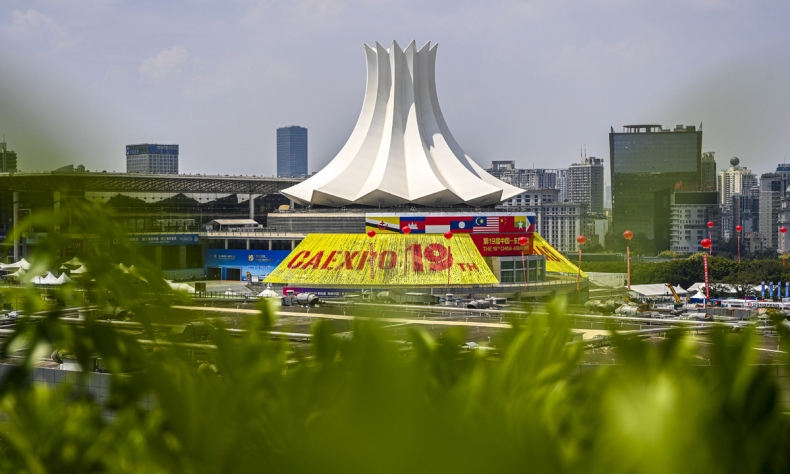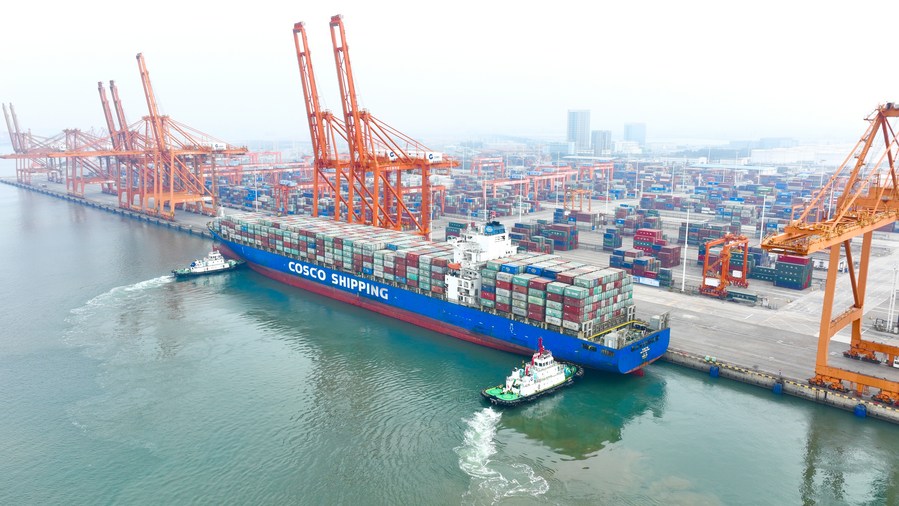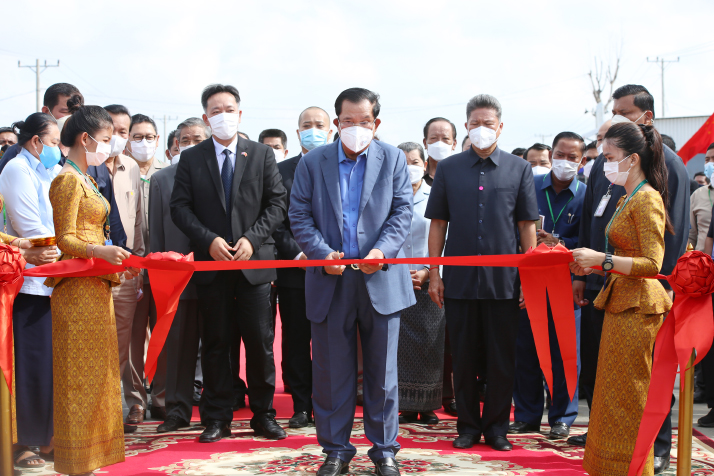Charting a New Future

The future of the ASEAN-China relations is inseparable from the collective wellbeing of the people in the region. Ultimately it’s the winning of hearts and minds of the people through soft power that will chart the course.
The establishment of a comprehensive strategic partnership between the Association of Southeast Asian Nations (ASEAN) and China in 2021 was a well-deserved success of China’s partnership diplomacy with its neighbors in the region. The upgrading of bilateral ties, from their 30-year dialogue relationship since 1991, brings a successful model of stable, resilient and egalitarian cooperation in the Asia-Pacific, primarily in the economic sector.
As the comprehensive strategic partnership signifies a high level of maturity in the relationship, with much optimistic anticipation of an upward trend of economic collaboration, more new drivers beyond the physical infrastructural development are expected to be brought to the table to help boost the post-COVID-19 economic recovery in the region. These include vaccine research and production, alongside digital economy, green economy and blue economy, to name just a few. The need for most of these has arisen as a result of the pandemic and is set to characterize future economic exchanges between both sides.
Although China has been the largest trading partner of the bloc for the past 13 consecutive years and ASEAN became China’s largest trading partner in 2020, there is still ample potential for other, non-economic, cooperation.
In this respect, the ASEAN Community Vision 2025, built on regional political security, economic development and socio-cultural pillars, will be effective in endearing the world’s second largest economy to the regional association, if China is ready to engage in greater multidimensional breadth and depth with ASEAN.
Be that as it may, the trajectory of ASEAN-China ties is unlikely to be challenge-free. Under the omnipresent onslaught of the demonizing propaganda against China by the West-controlled media, ASEAN’s wariness of not being visibly drawn into the collision path of China-U.S. geopolitical antagonism appears somewhat conspicuous, as does its avoidance of taking sides.
For this reason, while the ASEAN Community Vision 2025 has clear areas of complementarity with China’s call for building a community with a shared future for humanity, ASEAN members’ response to it has so far remained somewhat cautious, if not lukewarm. However, the alignment of China’s vision with the UN’s 2030 Agenda for Sustainable Development provides a solution to circumvent such sensitivities: all endeavors dubbed consistent with the 2030 Agenda are free from such unwarranted China-hostile stigmatization.

For global development
This is the case for the Global Development Initiative (GDI). The initiative, proposed by Chinese President Xi Jinping at the General Debate of the 76th Session of the UN General Assembly last year, is generally viewed as 2030 Agenda-compliant. It resonates well with the international community, particularly among developing countries.
The GDI’s complementarity with the ASEAN Community Vision 2025 looks set to offer the latter a timely solution in realizing the long-formed ideals of the ASEAN Security Community, ASEAN Economic Community and ASEAN Socio-Cultural Community. To China, on the other hand, it makes an ideal multidimensional platform for deepening and broadening collaboration with ASEAN beyond economic cooperation.
Amid the prevailing tide of deglobalization and geopolitical rivalry, the GDI developmental model—consistent with the concept of prosper-thy-neighbor—serves as a viable means for confidence building, managing disputes and addressing the trust deficit. All these elements constitute the key building blocks of peace and security architecture in the face of the current rising security alarms.
Pursuing shared interests in the promotion of development not only brings shared benefits but also helps bridge the gulf of trust deficit and paves the way for further stable international cooperation in the face of common challenges.
Currently it’s no secret that most, if not all, of the ASEAN member states are embracing the hedging strategy in face of the rising China-U.S. tensions, with increasingly intertwined economic interests with China on one hand, while placing their security bet on the U.S. on the other. The existence of a trust gap is real and should not be left as a proverbial elephant in the room.
The multidimensional model of the GDI may provide China with a tool to expedite its building of trust and confidence with ASEAN, the magnitude of which should ideally be commensurate with the success of their existing economic cooperation.

Regional security
It is common knowledge that the West has been flexing its muscles of international discourse power against China in recent years. This has far exceeded the perceived need to contain the rise of China per se in their game plan. In effect, name of the game now is to amplify the global distrust of China through the constant portrayal of its alleged intention of establishing an exclusionary and hierarchical world order with its gravity of economic might. In contending with this, China has to manifest its sincerity in explaining its own perspective of security in the regional context to its ASEAN neighbors.
China may need to drive home the relevance of its shared destiny with ASEAN in dealing with the traditional and non-traditional security concerns confronting the region, ranging from anti-terror, human trafficking, trans-border crime, drug trafficking and climate change, to cite just a few. The notion of this collective security cooperation is obviously not synonymous with forming military pact in the region.
Parallel to this, the South China Sea issue remains the real litmus test of the ASEAN-China relations.
While China and ASEAN are celebrating the 20th anniversary of signing the Declaration on the Conduct of Parties in the South China Sea this year, the document to reaffirm freedom of navigation and overflight, peaceful settlement of disputes, and self-restraint in the conduct of activities in the South China Sea has naturally drawn the long and inconclusive negotiation on the Code of Conduct for the South China Sea into the international limelight. China has to strike the right balance between the assertion of nine-dash-lines in defense of its sovereignty and its relations with ASEAN. The latter is particularly crucial to its current global geopolitical interests in the face of tightening containment by the U.S.
All in all, it is foreseeable that the future of ASEAN-China relations lies not in the nomenclature of comprehensive strategic partnership per se, but more in the ensuing effort in fortifying mutual trust through multidimensional capacity development and confidence building between the two sides.
While the centrality of ASEAN in regional cooperation is given due recognition by both the rival powers, the regional organization should have the liberty to pursue its independent diplomacy with the major powers in the global power play. As ASEAN has never been a vassal bloc beholden to any powers, it has only the long-term interests of the 10 member states to take care of. Henceforth, the future of the ASEAN-China relations is inseparable from the collective wellbeing of the people in the region. Ultimately it’s the winning of hearts and minds of the people through soft power that will chart the course.
The author is chairman of the Center for New Inclusive Asia, Malaysia.
 Facebook
Facebook
 Twitter
Twitter
 Linkedin
Linkedin
 Google +
Google +










